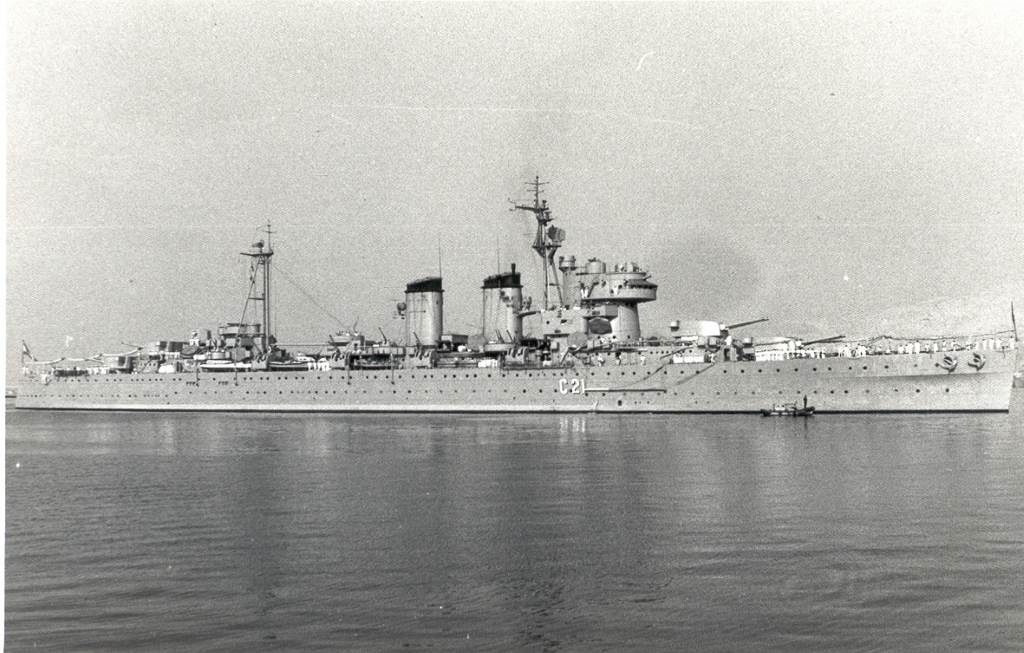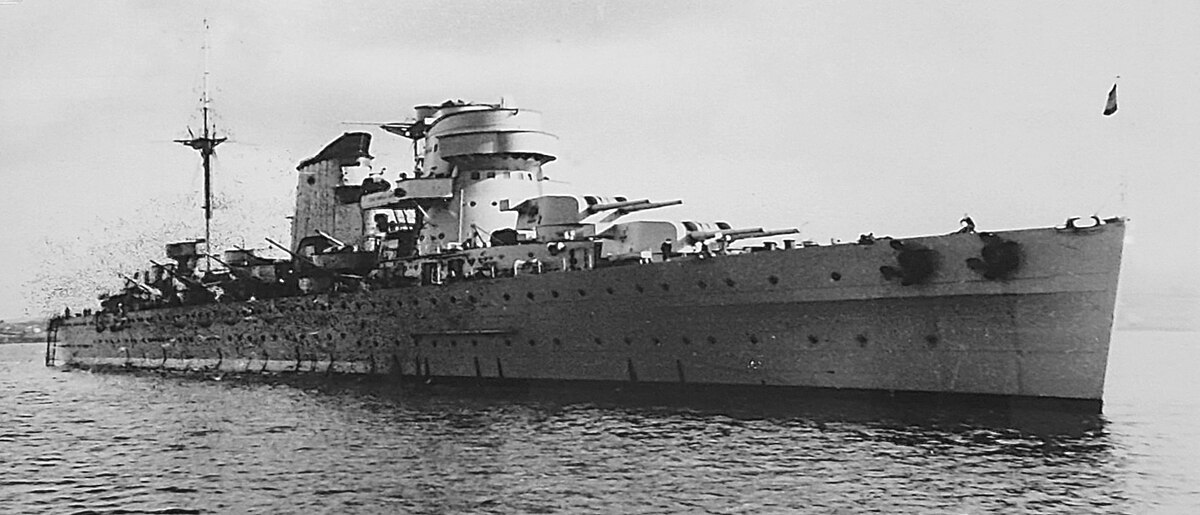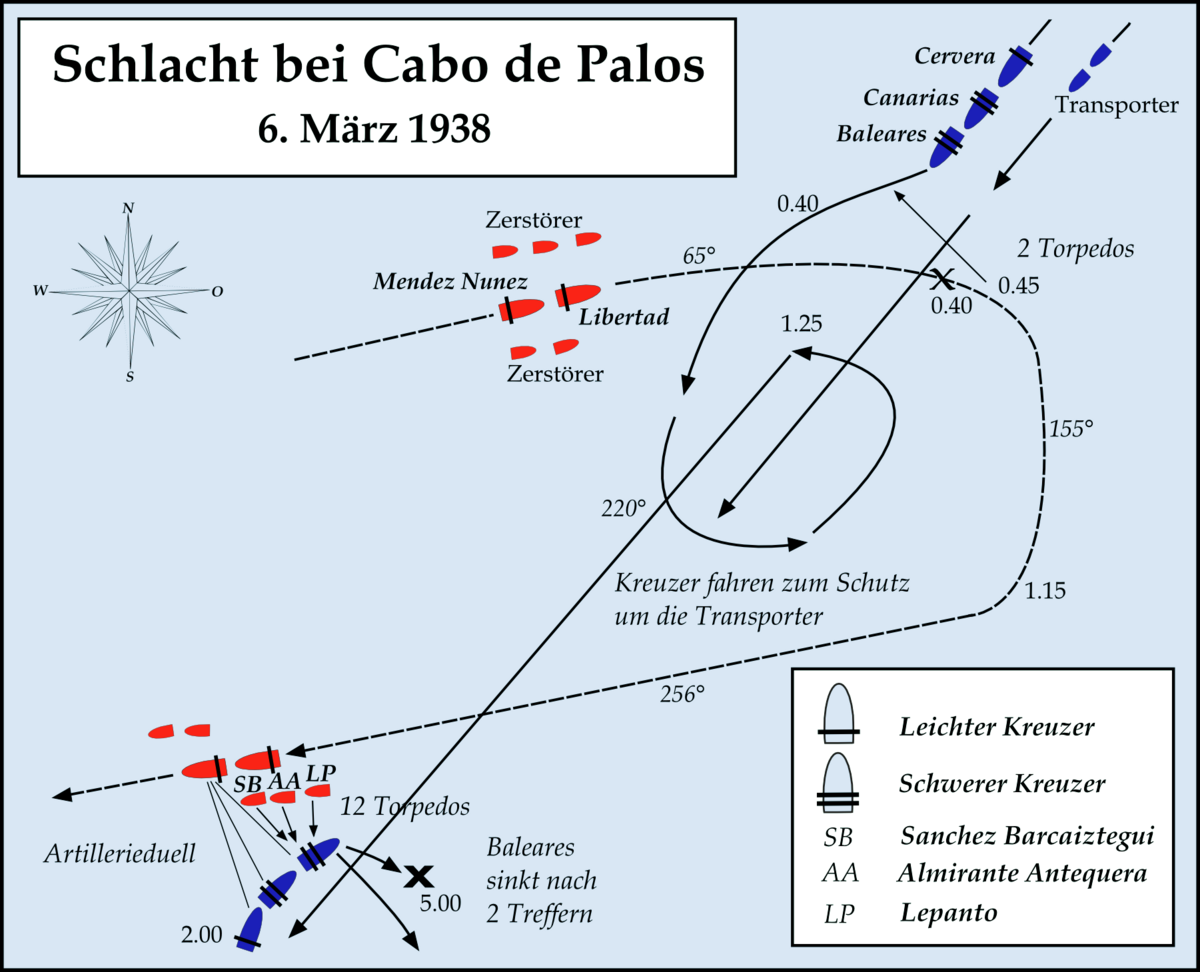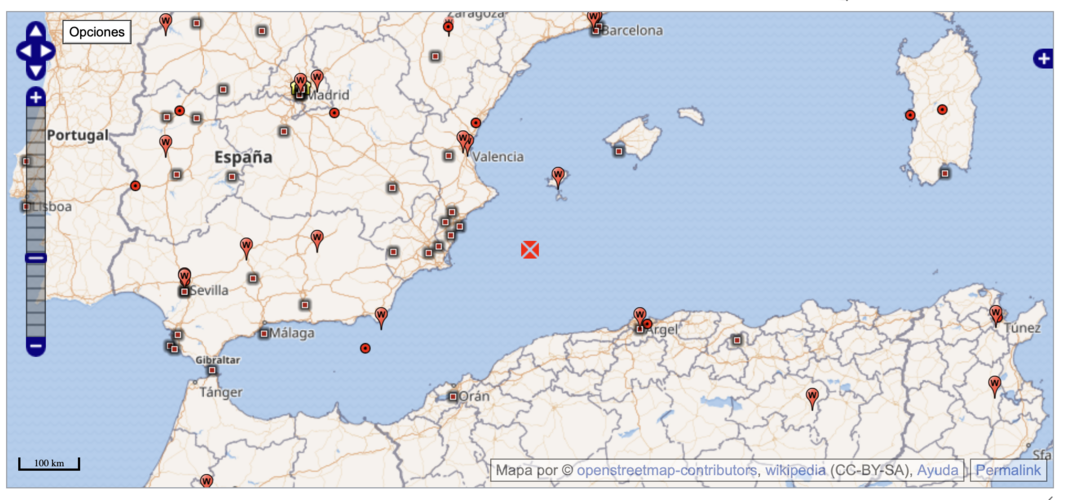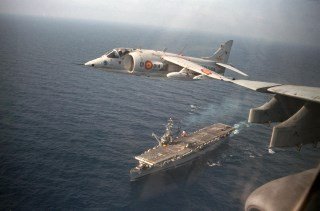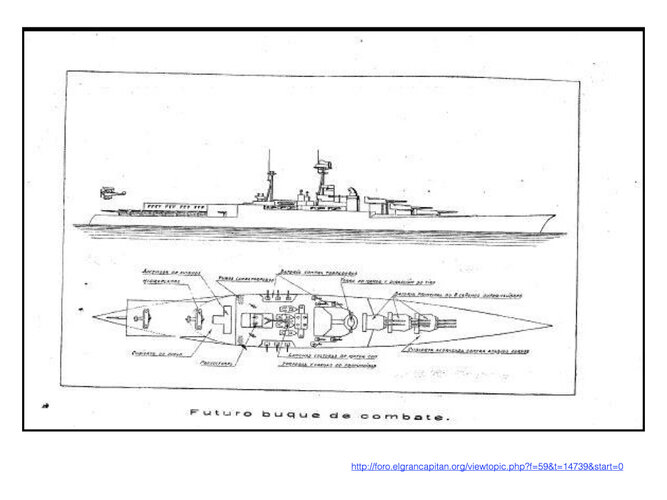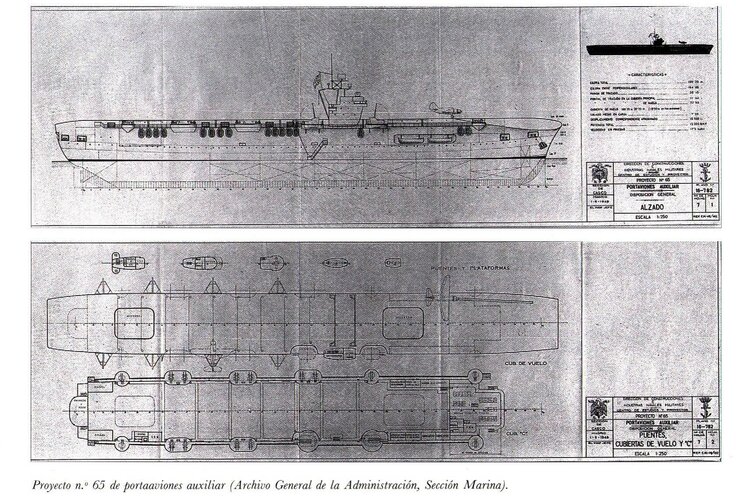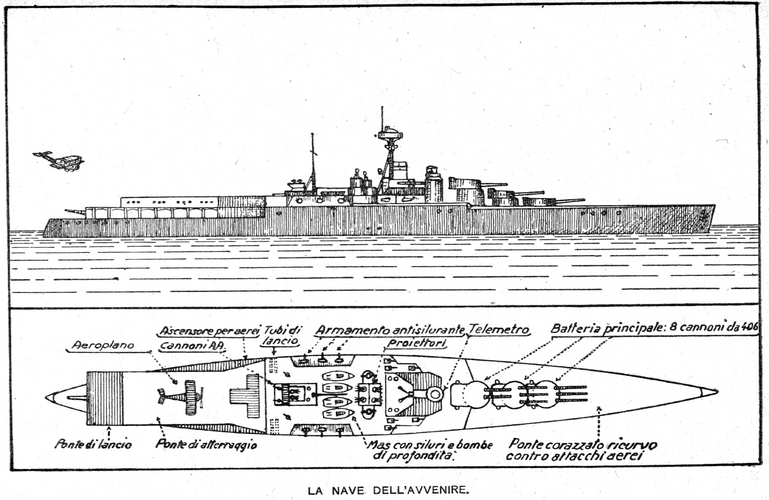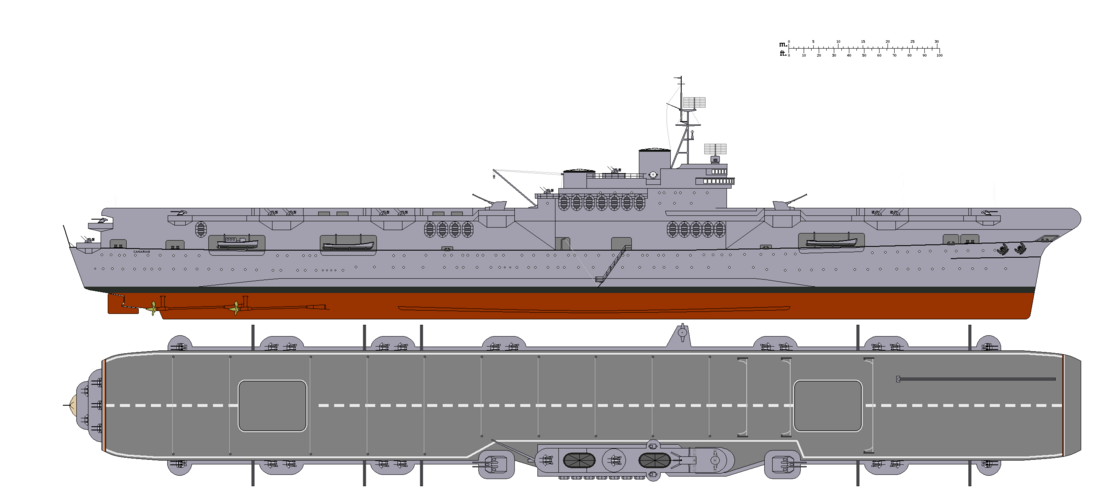Los portaaviones españoles by Busquets/Campanera/Coello. Aldaba Ediciones 1994 starting from page 67 to 79
Proyecto nº59 (1947) Conversion of a Empresa Nacional Elcano G tanker design into an auxiliary aircraft carrier. That finally evolved into Proyecto nº65 from 1949
During 1947 interest into the acquisition of a WWII surplus CVE resulted in a commercial proposal from a Dutch company which was the the owner of the HMS Nabob. But the amount of work and probable political issues of converting it again into an active warship prevented the sale.
Proyecto nº66 conversion of heavy cruiser Canarias into a CVL (1950)
Trieste "affair" : The Regia Marina heavy cruiser Trieste remained sunken since 1943 at shallow waters in Sardegna. It was recovered in 1950 and offered by its owners to the Spanish Navy where it was found as a candidate for rebuilding into a CVL. To avoid political issues, the operation was carried out under cover (the wreck declared to be bought from a civilian company for scrapping and payment was done in minerals) Once the hull was carefully inspected in Cartagena Naval Station during 1951 it was found that it was in such a bad condition that it better should send it to the scrapping yard. And so was done at Ferrol.
Finally, in 1965, US Government allowed the Spanish Armada to choose from the following USN surplus units:
USS Thetis Bay CVH-1 ( an ex- Casablanca CVE class): rejected by bad condition and little capacity
USS Lake Champlain CV-39 : discarded because it was over ambitious and unaffordable

Who doesn't love the Essex class?
USS San Jacinto/USS Cabot ( both Independence class CVL) : the second one was in better condition thus it was selected to be "Dédalo" (the second) with The Armada.

